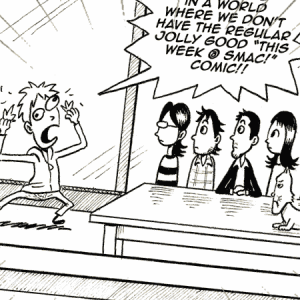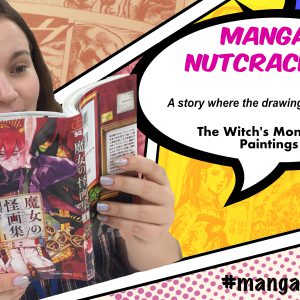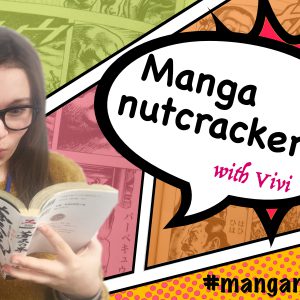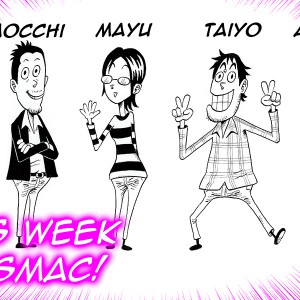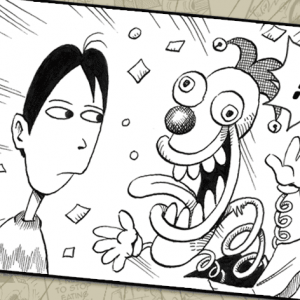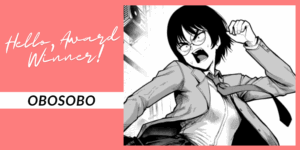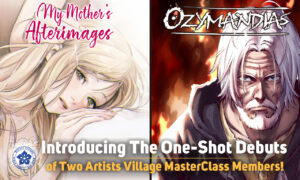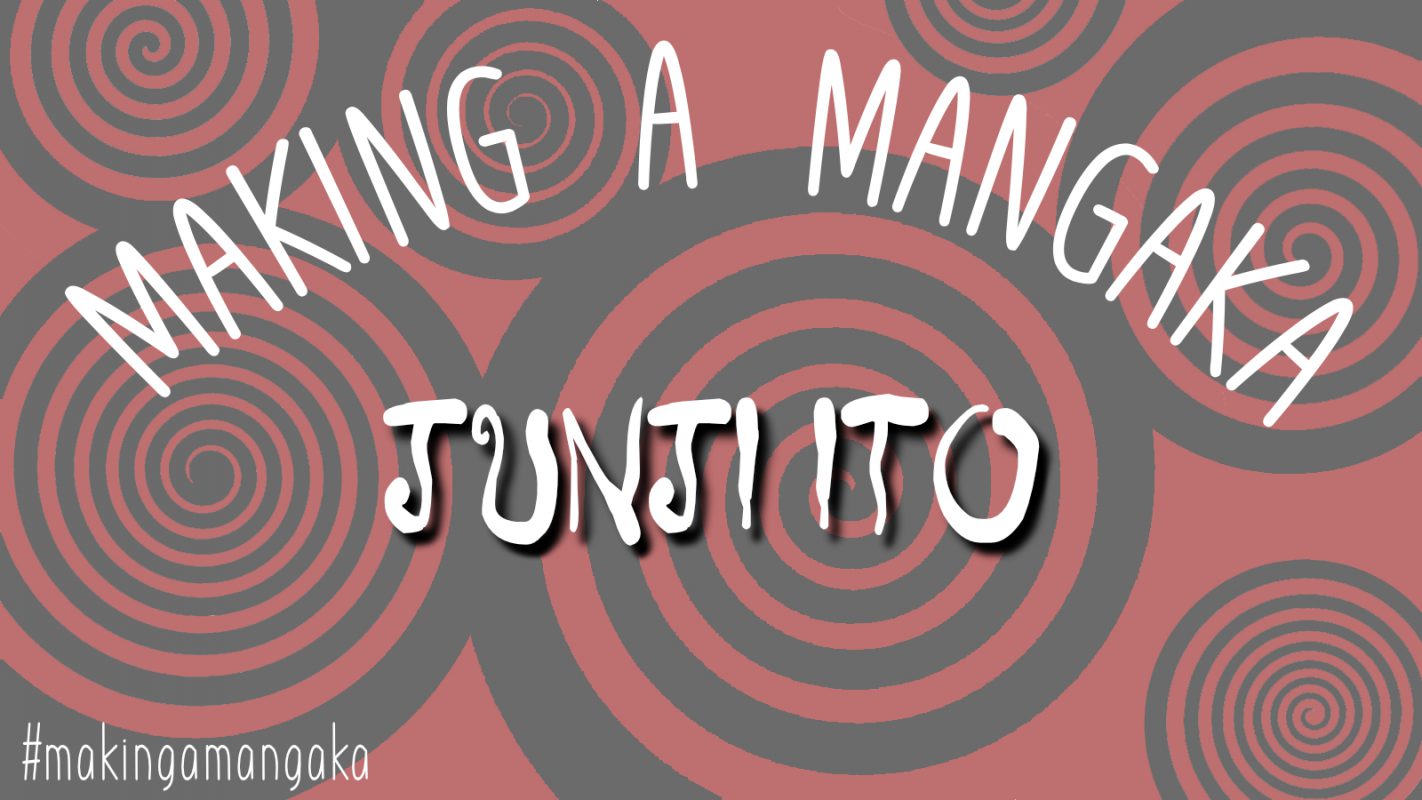
It may not be a long road, from dental technician to the undisputed king of Japanese horror Manga, but it’s a road filled with grotesquery, paranoia and a glorious sense of unnerving dread…all the ingredients Junji Ito revels in! This week, I step into the terrible unknown as I delve into the mind of Manga’s most gifted Master of Horror.
Name: Junji Ito (伊藤 潤二 Itō Junji)
Born: July 31, 1963
Place of Birth: Gifu Prefecture, Japan
Speciality: Psychological Horror

Ito’s break-out creation, Tomie won him an Honourable Mention Award and series!
ABOUT…
Junji Ito was born in Gifu Prefecture, in 1963. Known as the “crossroads of Japan”, this mostly agricultural region of central Japan was fertile ground for the active imaginations of Ito and his older sisters. These formative years growing up in an old rickety home, surrounded by women would prove a big influence on his future career. Not only was Ito inspired to draw manga from his sisters, women would play a huge part in his future work.
It wasn’t until the early 80’s, whilst working as a dental technician, that Ito decided to get serious about making manga. In 1987 and heavily influenced by horror manga creator, Kazuo Umezu, he submitted a short story to the horror themed, Shojo manga magazine Monthly Halloween (月刊ハロウィン, Gekkan Halloween). What would later become his break-out work, Tomie, earned him an Honorable Mention award and paved the way for Junji Ito’s descent into the stygian depths of Horror…

The sinister landscape of Gifu Prefecture, much like in Ito’s own stories, is a character in itself. AndrewandAnnemarie/Flickr
MY THOUGHTS
I first heard about Junji Ito when a friend recommended his seminal, late 90’s masterpiece, Uzumaki. The tale of a small town obsessed with spirals had more than a whiff of HP Lovecraft about it, a fact my friend knowingly factored into his recommendation by capitalizing on my borderline obsession with the American weaver of Weird Tales.
What immediately grabbed me about Ito’s work wasn’t his beautiful rendering of the grotesque, but his ability to build up a real sense of unnerving dread in a painstakingly slow manner, both Lovecraft and Ito’s “raison d’etre”. It came as no surprise that the creator of Cthulhu is a major influence on this quiet, cat loving man from Gifu.
Ito generally delivers his fantastical stories in a series of vignettes that center around a major theme, encased in an overarching story. By subtly building up this sense of dread, from seemingly innocuous occurrences to catastrophic nightmares, Ito expertly creates layer after layer of psychological horror that enables a climax to reverberate all the way back to the beginning of the story.
His use, or obsession with “body horror” is another trademark. With almost childlike glee, Ito conjures up the most captivating images of the grotesque ever to grace the pages of manga. From vacant looking, slime covered snail-people to impossible masses of twisted, interwoven human bodies, he manages to retain our sense of belief by adopting a delicate, yet realistic art style that staggeringly obeys the laws of physics and logic. It’s this juxtaposition of the otherworldly, firmly grounded in reality that really allows Ito’s work to take on a life of its own, thereby capturing, manipulating and leaving its mark on the audience.
Respecting the “laws of horror” is very importation to Junji Ito. Indeed, the horror master himself sees himself more of an inheritor rather than an innovator of horror manga, a fact most felt in his portrayal of women. Beauty, innocence and purity appear time and again in much of his work, and like the tried and tested tropes of classic horror, these themes often and devastatingly give way to violation and contamination, enveloped in a subtle subtext of erotocism.
These beacons of feminine purity are also beautifully realized in Ito’s art. Much like in his ability to ground the impossible in reality, the very panels themselves, every inch burgeoning with dark imagery are grounded by the inclusion of innocent beauty. Without this antithesis, we as readers would be lost in the maelstrom of Ito’s senseless and eternal nightmare.
Ito has rightly earned a place alongside the legends of horror, with accolades and admiration pouring in from contemporaries around the world, including the great Guillermo del Toro. In fact, the creator of Cronos, Pan’s Labyrinth and the silver screen debut of Hellboy has cited Ito as a major influence on his own work, seeking him out to collaborate on his failed Silent Hill reboot project. This ability to “infect” and influence the minds of his audience, much the same way he infects the minds of his ill-fated characters, allows Junji Ito’s beautifully grotesque vision to linger on in our minds, long after the final page turn. Truly a mark of a Manga Master of Horror.
MANGA
The Junji Ito Horror Comic Collection
Museum of Terror (恐怖博物館 Kyōfu Hakubutsukan)
Uzumaki (うずまき)
Gyo (ギョ)
Cat Diary: Yon & Muu (猫日記 よん&むー Neko Nikki Yon to Mū)
Black Paradox (ブラックパラドクス Burakku Paradokusu)
Hellstar Remina (地獄星レミナ)
Voices in the Dark (闇の声 Yami no Koe)
New Voices in the Dark (新‧闇の声 潰談 Shin Yami no Koe Kaidan)
Mimi’s Ghost Stories (ミミの怪談 Mimi no Kaidan)
Rasputin the Patriot (憂国のラスプーチン Yuukoku no Rasputin)
Dissolving Classroom (溶解教室 Yōkai Kyoushitsu)
Fragments of Horror (魔の断片 Ma no Kakera)
NEXT WEEK: Make sure you’re fully loaded, dust of your 100 tonne mallet and join me as we look at the work of Tsukasa Hojo!
Twitter – @chris_smac
Facebook – Chris Smac





